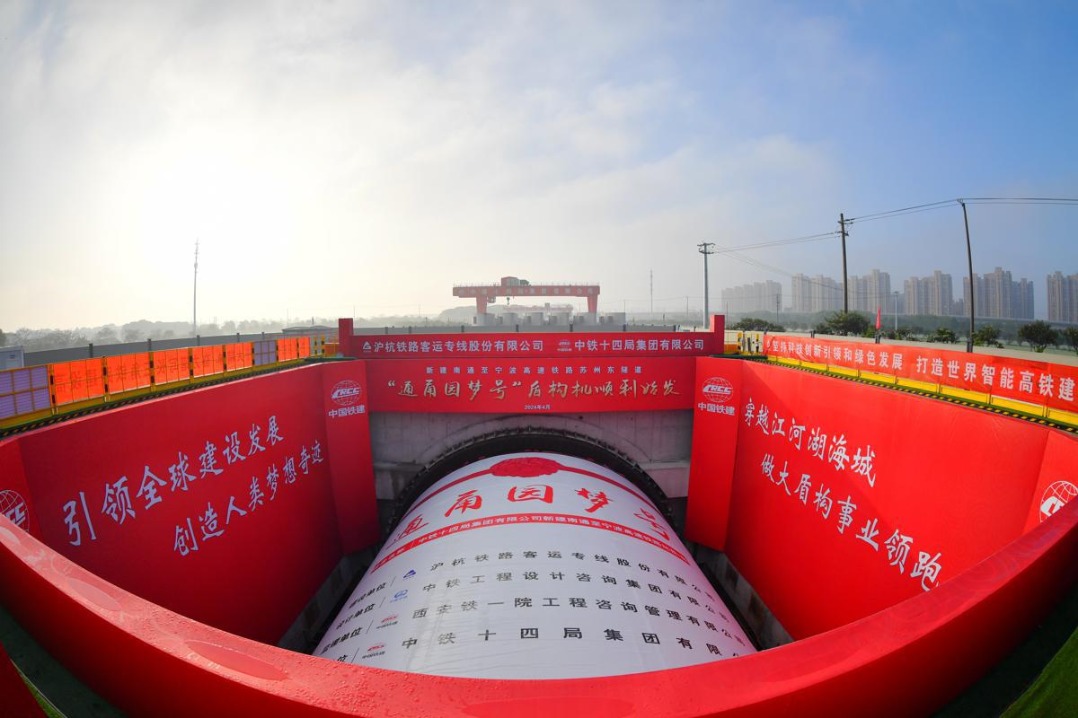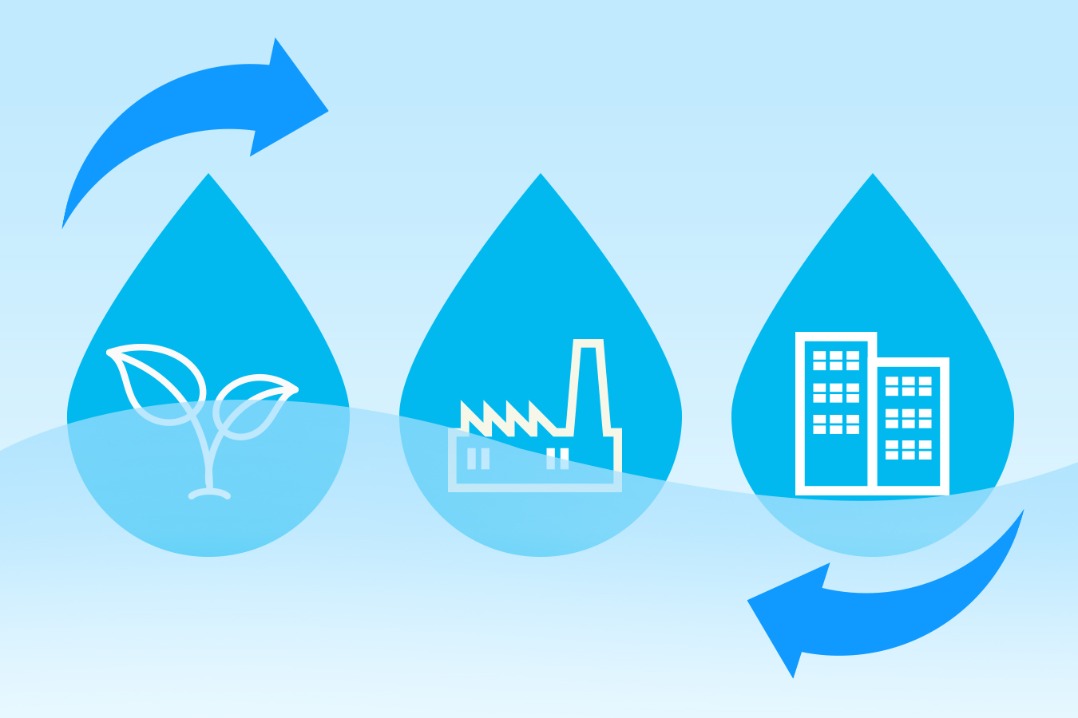Cross-regional cooperation leads to better water quality


A cross-regional mechanism introduced in 2016 encouraging the upstream stakeholders of rivers to improve water quality downstream, and in return receive compensation for their efforts, is paying big dividends.
One recent example involves Shandong province and its neighbor, Henan province. The Yellow River runs through both, with Henan upstream and Shandong downstream.
According to the mechanism, if upstream Henan helps improve the water quality in downstream Shandong, then Shandong pays Henan for its efforts. If the water quality falls in Shandong then Henan pays out.
In July, Shandong paid Henan 126 million yuan ($18.7 million) in ecological compensation for the massive improvement in the water quality of the Yellow River running through the province.
According to a deal signed in April last year, Shandong agreed to pay Henan 60 million yuan if the water quality in the Yellow River could be improved by a level in a year from its then current level, which was Grade III, the third-best level in the national five-tier quality rating system for surface water.
Shandong also agreed to pay Henan 1 million yuan for every 1 percentage point decrease in the annual density of key pollutants, with a ceiling of 40 million yuan.
In return, Henan agreed to pay Shandong the same amount for every level of decline in water quality and for every percentage point increase in pollutants.
Despite the large payment, Yuan Peiquan, deputy head of the Shandong Provincial Department of Finance, stressed in a recent news conference that Shandong is also a beneficiary.
"In the past two years, the quality of Yellow River water entering Shandong has remained at and even slightly risen above Grade II," he said. "As the beneficiary, we transferred 126 million yuan in ecological compensation to Henan as part of endeavors to usher in a new stage, where the two provinces make concerted efforts to conserve the Yellow River."
The Yellow River Basin is one of 13 cross-regional river basins where the ecological compensation mechanism has been implemented. In total, 18 provincial regions are involved, according to the Ministry of Ecology and Environment.
It said that 13 provincial regions, including Shandong and Jiangxi provinces, have introduced the mechanism for rivers under their jurisdiction.
The mechanism was piloted in 2011 on the Xin'an River, which runs from Anhui province into Zhejiang province. Thanks to the mechanism, water quality has remained at or above Grade II for many years, which means that people are now able to take water directly from the river for drinking.
In late 2016, the Ministry of Finance, the National Development and Reform Commission and the then ministry of environmental protection issued a guideline in the hope of extending the mechanism to cross-regional watercourses across the country.
It was "an important means to motivate both upstream and downstream regions to jointly promote environmental protection and governance", the guideline said.
The duties of the ministry of environmental protection were folded into the Ministry of Ecology and Environment during the last institutional reshuffle of the State Council, the national Cabinet, in 2018.
Ge Weiyan, a senior official from the Shandong Provincial Department of Ecology and Environment, said that all cross-regional water bodies in the province had been covered by the compensation mechanism as of September last year and that as of May, 324 million yuan in ecological compensation had been paid under the mechanism, with 217 million paid by downstream stakeholders to upstream neighbors.
"Water quality in these river basins has generally improved in both upstream and downstream areas," he noted.
Ge said the 2021 data from national monitoring stations show that the proportion of water of fairly good quality in the province increased by 13.1 percentage points from 2020, outpacing all other provincial-level regions.
"Last year Shandong eliminated all water bodies with water quality below Grade V," he said.
Head of Shandong's Weishan county, home of Nansi Lake, the largest freshwater lake in northern China, Guo Xin is keenly aware of the huge benefits the mechanism has wrought.
The county previously had little control of water quality as a large number of rivers empty into the lake, he said, adding that county authorities were under huge pressure.
"The mechanism is very significant in promoting consistent environmental improvement across the entire basin," he said. "It not only motivates upstream and downstream areas on pollution control, but also accelerates the formation of a long-term environmental governance system across the entire basin."
The mechanism has helped reduce pollution in upstream areas and relieved much of our pressure, he said.
"Having greatly benefited from water improvement, the upstream counties deserve reasonable compensation, and we are also willing to pay," he said.
The county has paid 10.6 million yuan to upstream areas. "Without the mechanism, we would have to spend more on pollution management," he added.
- Ten photos from across China: April 12 - 18
- Number of foreign visits increases over threefold
- Shopping mall hosts 'space-out' competition in China
- Vlogger faces prison time, fines for killing wild boar in Beijing
- PBOC former vice-governor pleads guilty for bribery
- Shenzhou XVI crew members awarded for explorations




































